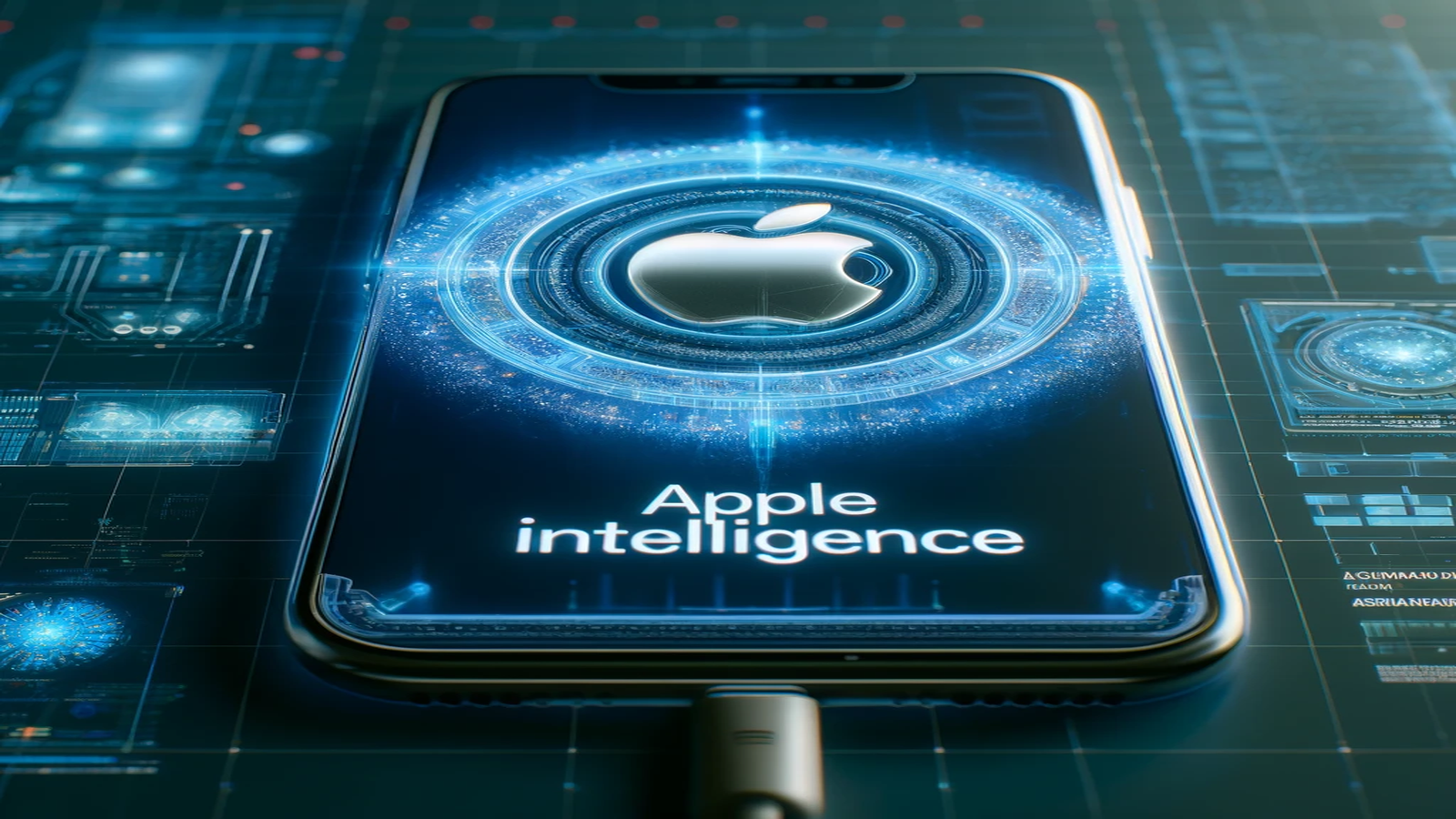- CEO.com
- Posts
- Is AI the next dot-com era?
Is AI the next dot-com era?
AI is in the late ’90s phase in the internet when all you talked about was your internet strategy.
It wasn’t long ago that the idea of the Internet was foreign to most people. Today, just decades later, it is an integral part of everyday life and work.
Are we seeing the same thing with AI? According to many leaders, including Michael Walwarth, CEO of Yext, the answer is yes.
“I think where we are with AI is in the late ’90s phase in the internet when all you talked about was your internet strategy. You just look up ten years later; no one spoke about their internet strategy because everything had transformed and was at the center of everything you did.
We're at the phase now where we all talk about our AI strategy. We all talk about the importance of using it and embedding it in our products. In five years, we won't talk about AI because it will be assumed to be part of the environment. If you're not using it, then you're left in the dust.”
By the 2010s, after the dot-com era had settled and become the norm, nearly every business had a web presence. That’s where AI is headed, and we’ll likely soon see that almost every company has some kind of AI integration or use.
Just like companies had to evolve and adapt to the dot-com era, companies and leaders also need to grow in the age of AI. AI can disrupt and transform businesses, pushing their potential and growth opportunities to new heights.
How can leaders and businesses adjust and prepare for the rapid adoption of AI? It requires strategic thought in three key areas:
Ethics. AI is powerful, but it isn’t perfect. Examples of AI having bias or errors are common, such as the genuine possibility of fake news, publications, and images being released as accurate. By leveraging data, AI can also create privacy and data protection issues. Leaders must establish their code of conduct around AI, including rules about how and when AI and customer data will be used.
Applications. Part of the appeal of AI is that it can be used in many different scenarios, from logistics planning to manufacturing and content creation. But with so many opportunities, companies can quickly spread themselves too thin or try too many AI platforms simultaneously. Instead, leaders must be strategic about what will have the most significant impact on the company and its customers and start there. Just because AI can be used in nearly every aspect of your company doesn’t mean it has to be.
Employees. Even with the growth of AI, don’t forget about human employees, who are your biggest asset. Many employees fear AI taking their jobs, especially as companies turn to automation to cut costs and improve efficiency. Communicate transparently with employees about how your company plans to implement AI. Offer training or re-skilling so employees can focus on more human, creative tasks while AI leads repetitive tasks.
The future of AI is exciting. But just like in the ’90s with the dot-com era, it also comes with risks. By thinking strategically, leaders can help their companies lead the charge to a new age of technology.
Today’s Poll
Will we see an AI bust similar to dot-com? |
Yesterday’s Poll Results
/
Is tying healthcare to employment a good system?
🟩🟩🟩🟩🟩🟩 Yes (55.36%)
🟨🟨🟨🟨⬜️⬜️ No (44.64%)
CEO.com Polls


